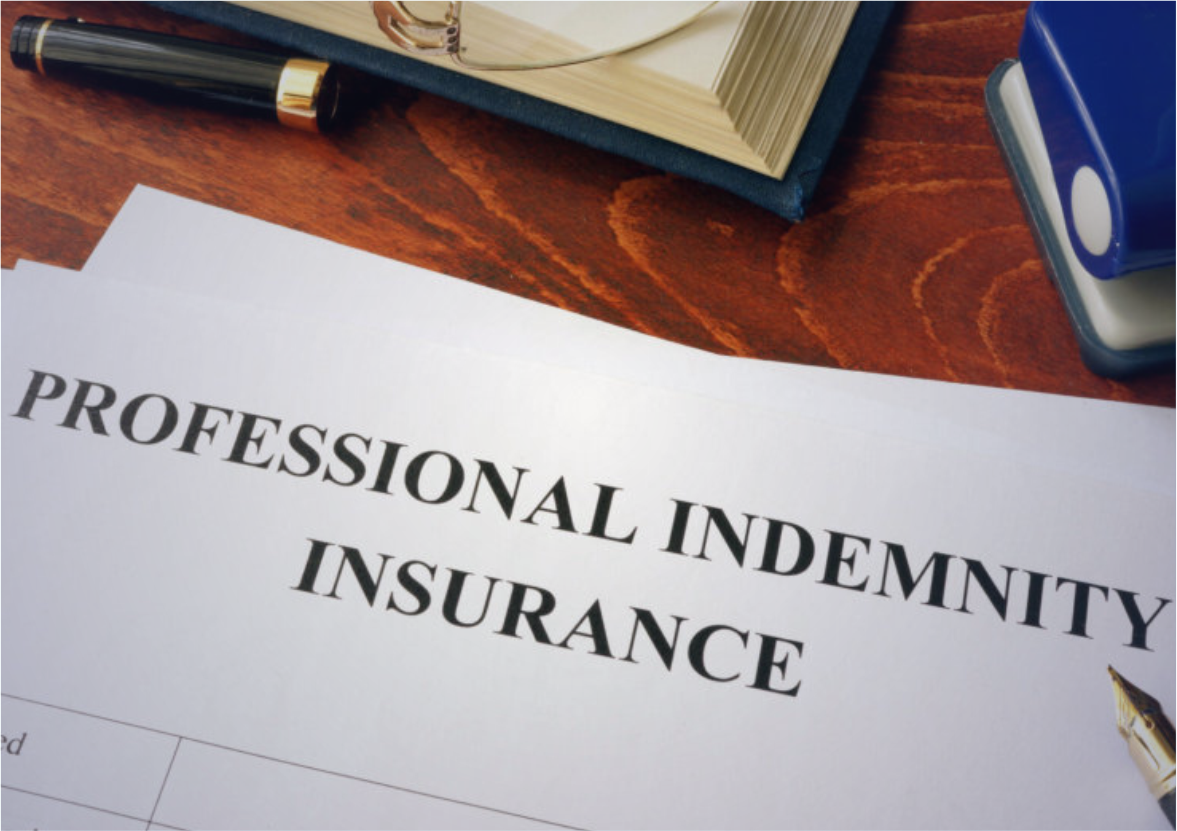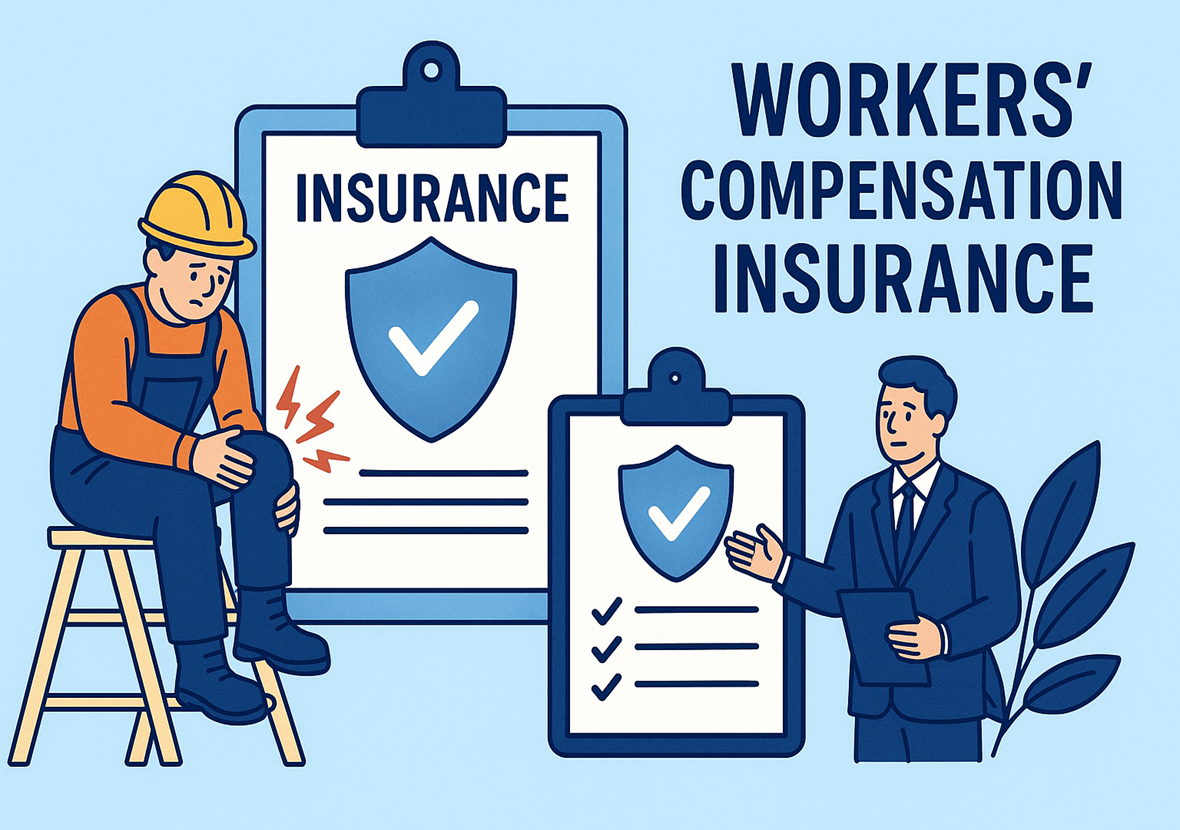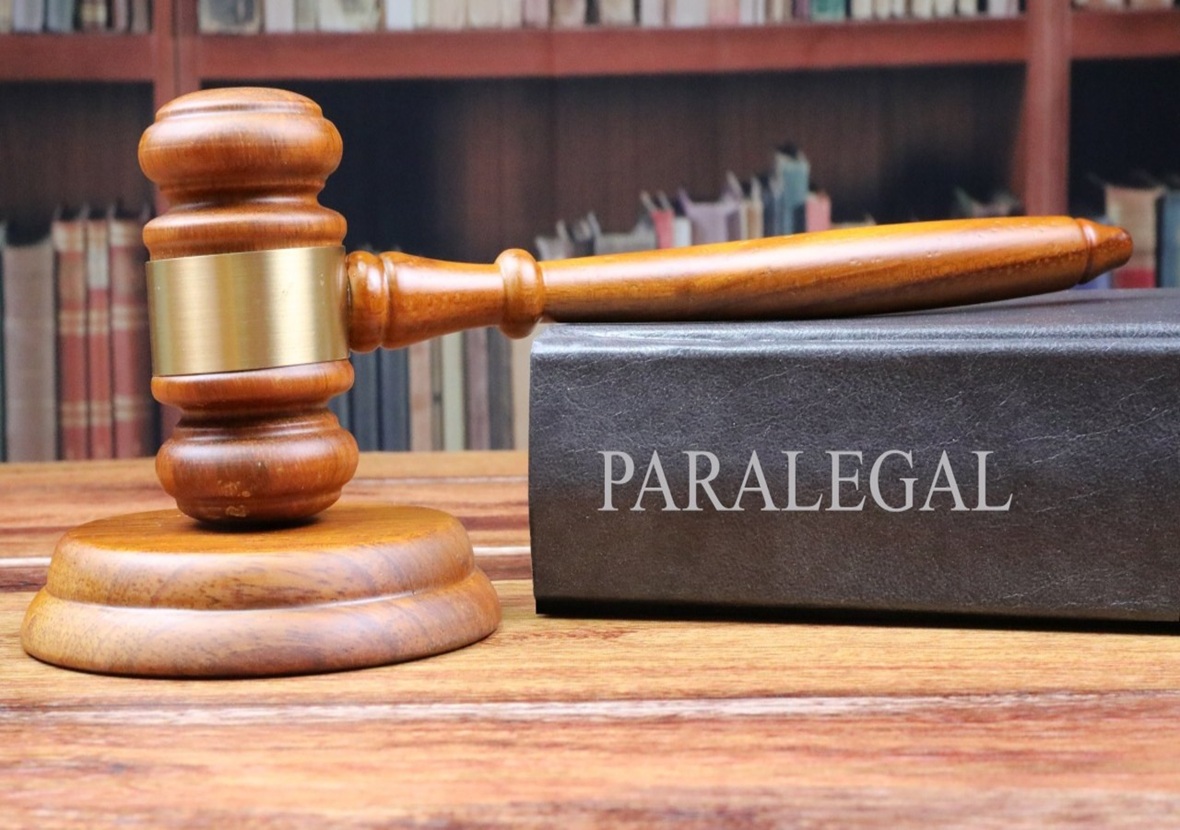What Condo Insurance Covers and What You Need to Ask First
Consider the following scenario: a pipe in the apartment above yours bursts, causing water to leak through your ceiling and harm your furniture and floors. You expect your building manager to take care of it when you call, but they tell you that it’s your responsibility. Such circumstances are more frequent than you might imagine if you own a condominium. Condo insurance coverage can help with that.
It’s essential to know what condo insurance covers and doesn’t cover in order to safeguard your assets and peace of mind. Condo insurance, also known as HO-6 insurance, includes certain considerations that set it apart from regular homeowners insurance. It must bridge the gaps between your personal belongings and the coverage provided by your condominium community.
In this post, we’ll break down exactly what condo insurance includes, the critical questions you need to ask before purchasing a policy, and how to avoid common pitfalls. Whether you’re a first-time buyer or reviewing your current plan, this guide will help you make informed decisions and feel more secure in your condo living experience.
Understanding the Basics of Condo Insurance
Condo insurance is designed specifically for condominium owners. It typically works in tandem with a master insurance policy provided by the condo association. The key to understanding your coverage lies in knowing the division of responsibility between you and the HOA (Homeowners Association).
Most condo insurance policies cover the interior of your unit. This means walls, floors, ceilings, and any upgrades you’ve made—such as new cabinetry or custom fixtures—are generally your responsibility. Meanwhile, the HOA’s policy usually covers the building’s exterior and common areas like hallways, elevators, and amenities.
However, the specifics can vary significantly. Some associations carry a “walls-in” policy that extends coverage into individual units, while others leave nearly everything to the owner. This is why it’s critical to review your HOA’s master policy before purchasing your own condo insurance.
Condo insurance also provides liability protection in case someone is injured in your unit and covers additional living expenses if your home becomes uninhabitable due to a covered event. But again, the details matter. Understanding what’s included—and what gaps you might need to fill—is step one in protecting your investment.
What Does Condo Insurance Actually Cover?
A standard HO-6 condo insurance policy typically includes several key types of coverage, each serving a different purpose. The most well-known part is dwelling coverage, which protects the interior of your unit from damage caused by fire, vandalism, wind, or water (from internal sources like a burst pipe).
Personal property coverage is another essential component. This includes your belongings—furniture, electronics, clothing, and kitchenware—if they’re damaged or stolen. Think of this as protection for everything not nailed down inside your condo.
Liability coverage protects you financially if someone is injured inside your unit or if you’re responsible for damaging someone else’s property (for instance, if your leaking washing machine ruins the ceiling of the unit below).
Then there’s loss of use coverage, which kicks in when a covered event forces you to temporarily move out. It covers hotel stays, meals, and other related expenses.
Some policies also offer loss assessment coverage, which helps pay for your share of a large damage claim affecting shared spaces in the building—like the lobby or gym—if the HOA’s policy falls short. Not every policy includes this automatically, so it’s worth asking your insurance provider.
What Condo Insurance Doesn’t Cover—and Why It Matters
It’s just as important to know what condo insurance doesn’t cover. Many condo owners assume their policy will protect them from any possible loss, only to find out too late that certain events or items are excluded.
For instance, flood damage from external sources—like a storm or rising water—is almost never covered by standard condo insurance. If you live in an area prone to flooding, you’ll need a separate flood insurance policy. The same goes for earthquakes, which are usually excluded unless you add a rider or separate policy.
Another common misconception involves maintenance issues or gradual wear and tear. If your ceiling collapses due to long-term water damage caused by a slow leak, your claim could be denied because it’s considered neglect rather than an insurable event.
Luxury items such as expensive jewelry, rare art, or collectibles may also exceed your personal property limits. In these cases, you’ll want to add scheduled personal property coverage for full protection.
It’s also worth noting that business activities conducted from your condo (such as selling goods or hosting clients) often aren’t covered unless you have a business rider or separate business policy.
By knowing the limitations of your policy, you can take steps to cover the gaps—either by purchasing additional insurance or adjusting your lifestyle accordingly.
Key Questions to Ask Before Buying Condo Insurance
Before choosing a condo insurance policy, there are several questions you should ask to ensure the coverage matches your needs. Start with your HOA: What does the master insurance policy cover, and where does your responsibility begin? Understanding this division is critical for determining how much dwelling coverage to purchase.
Next, ask your insurance provider: Does this policy cover upgrades or renovations inside my unit? Some policies only cover standard fixtures, meaning your custom kitchen could be excluded unless specifically listed.
Find out what perils are covered. Ask whether damage from sewer backups, mold, or burst pipes is included. These events are common in multi-unit buildings and can cause expensive repairs.
You should also inquire about policy limits and deductibles. Make sure the limits on personal property and liability coverage are high enough for your lifestyle. For instance, if you own a lot of tech or entertain often, you may need more than the default amount.
Another important question: Is loss assessment coverage included? If your building experiences a major disaster, the HOA may pass along some of the repair costs to unit owners. Without this coverage, you could be stuck with a hefty bill.
Lastly, ask if the insurer offers bundle discounts for combining condo insurance with auto or life policies. These bundles can save you money while streamlining your coverage.
Real-World Examples: Why Condo Insurance Details Matter
To understand how these policies work in real life, consider a few common scenarios.
In one case, a fire started in a third-floor unit and quickly spread through the building. While the condo association’s policy covered the building structure, individual unit owners were responsible for interior repairs. One owner, who had upgraded their unit with hardwood floors and granite countertops, discovered their policy only covered standard materials. They ended up paying thousands out of pocket.
In another instance, a resident on the second floor left their bathtub running. Water overflowed and damaged the ceiling and floors of the unit below. The HOA’s master policy covered damage to the building structure, but not the belongings of the affected owner. Fortunately, their personal condo insurance covered furniture replacement and short-term lodging.
A third example involved a break-in where several items were stolen, including a laptop, camera, and jewelry. The victim’s condo insurance covered the electronics, but the jewelry value exceeded the policy limit. If they had scheduled the jewelry with additional coverage, the loss would have been fully reimbursed.
These real-life examples show why it’s not enough to simply have condo insurance. The right policy, tailored to your specific situation, makes all the difference in protecting your finances and lifestyle.
Tips for Choosing the Right Condo Insurance Policy
When selecting a condo insurance provider, don’t just compare prices—compare coverage details. Start by doing a complete inventory of your home, listing all belongings and upgrades. This will help you choose the right policy limits for both personal property and dwelling coverage.
Review your HOA documents thoroughly. You need to know whether the association carries “bare walls,” “single entity,” or “all-in” coverage. Each defines different starting points for your responsibility.
Look for an insurer with a strong reputation for claims handling and customer service. Read reviews, check ratings from sources like J.D. Power or AM Best, and talk to neighbors or friends for referrals.
Consider future needs, too. If you’re planning renovations or purchasing high-value items, choose a policy that offers flexibility or easy endorsements to adjust your coverage.
Work with an independent insurance agent if possible. They can compare policies from multiple companies and help you find the best match for your situation. Most importantly, don’t set and forget your policy. Reevaluate your condo insurance annually or anytime you make major changes to your home or lifestyle.
Travel Confidently with the Best RV Insurance Plans for 2025
Conclusion
One of the best investments you can make as a condo owner is condo insurance, even though it may not be the most fascinating subject. The correct policy provides security and peace of mind by covering your home’s contents and interior as well as shielding you from liabilities and unforeseen costs.
We’ve discussed the essential questions to ask in order to obtain the best protection, as well as what condo insurance covers and excludes. Additionally, we have discussed real-world situations that demonstrate the importance of paying attention to details.














